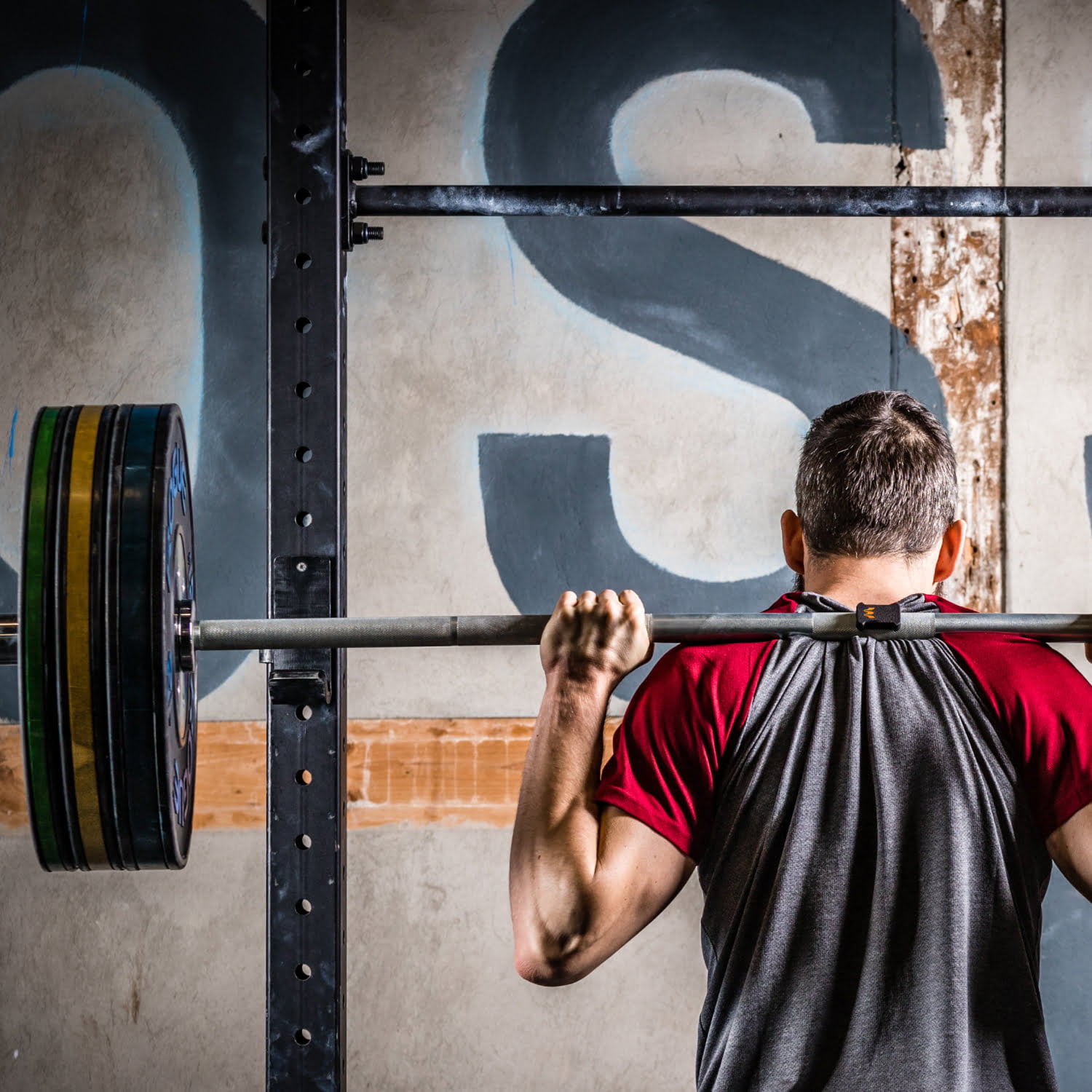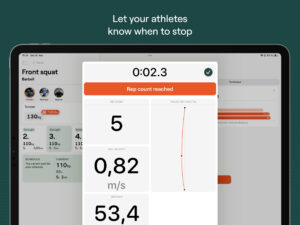Table of content
We were often asked how Enode builds up a velocity profile, how the 1 rep maximum (1RM) is determined, and how exactly the whole thing actually works in the end. To be honest, even we as developers cannot predict or explain the exact paths to the result. Today, many algorithms work in parallel, e.g., to determine the 1RM, the results of which are calculated on the basis of different confidence intervals. All algorithms are also continuously optimized on the foundation of millions of executed repetitions with Enode Pro and Enode One.
However, one question can be definitively answered — the results can be extremely accurate if a few conditions are met during usage. We are constantly working on making our algorithms as stable as possible. But even the most stable calculation cannot give good results with bad input values. With this short article, I would like to shed some light on the three questions and demystify the magic behind Enode’s algorithms.
The velocity profile
The basis of velocity-based strength training is the quasi-linear relationship between concentric velocity and the load applied. In simple terms, the higher the load, the slower it can be moved. If the load is maximal, it will be moved at the Minimum Velocity Threshold (MVT). If the load were increased further, the movement would be slower and the athlete would no longer be able to control the concentric phase. The MVT is the velocity at maximum load. It is important to note that this relationship is different for each athlete and each exercise. The profile must therefore be created for each athlete for each exercise. Fortunately, Enode Pro does this automatically in the background on the basis of all the data.
The 1 rep maximum
As mentioned, the underlying relationship is linear. At least in the range of interest that we have. With this knowledge, the slope of the line can be determined by performing submaximal loads at maximum velocity. It is recommended that a load greater than 60% of 1RM is used, as it is difficult for inexperienced athletes to achieve maximum velocity with light loads, and for some exercises this is simply not possible. Although two loads would be mathematically sufficient, several loads will give a more reliable result. Enode Pro uses the best repetitions of all the repetitions of the last 6 weeks, with loads above 60% of the maximum load used. Why 6 weeks? It takes time to change the velocity profile through training. We’re considering a 42-day adaptation period. Within 42 days, the ratio is quite stable.
Enode takes a close look at all the repetitions in order to eliminate the possibility of incorrect measurements or partial movements being recorded. For example, in squats, repetitions with missing depth are not taken into account in comparison with all other repetitions because they are not representative.
In addition to the slope of the straight line, the MVT is now missing for accurate 1RM determination. MVT can be determined by pushing an athlete to their 1RM or by pushing a submaximal load to technical failure. The higher the load, the more reliable the result. Anything above 80% usually gives a very good result. The literature advises caution with deadlifts. In addition to very high correlations for all other exercises, the submaximal failure theorem approach does not always seem to be correct for deadlifts.
Internally, Enode Pro automatically uses the slowest valid last repetition of a set with a load above 70% 1RM within the last 6 months. The MVT is adjusted in each training session if necessary. The MVT is very stable over time and can therefore be used for more than 6 months.
Besides the velocity based approach, Enode Pro also calculates the 1RM over submaximal sets until failure. Different algorithms are used depending on the exercise and the volume. A reliable profile is created by performing a single set to failure.
For example, 10 repetitions of pull-ups with a body weight of 75 kg and a maximum velocity of 0.7 m/s will give a 1RM of about 95 kg on one of the first repetitions. With the slowest velocity in this set of 0.35 m/s, there are two loads with two velocities and an MVT of 0.35 m/s.
The accuracy
We must first discuss the meaning of the calculated 1RM in order to clarify how accurate it can actually be. The 1RM that is calculated is always a theoretical 1RM under the most optimal conditions. For less advanced athletes, loads close to the 1RM can lead to technical or localized errors. It is not possible to calculate these factors, but they will be significantly reduced as training experience increases.
Once an athlete’s profile has been established, the 1RM can be reliably predicted to within ±2.5%. It is important to note that this error is not random, but systematic. This means, for example, that the 1RM will always be underestimated by 1%. This has no negative impact on its use in daily training to determine the training load used.
How we use Velocity Based Training to provide you with spot on training recommendations




